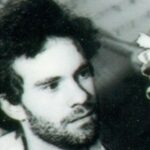
Patrick Angus
1953–1992
American realist artist Patrick Angus produced keenly observed and compassionate depictions of the 1980s gay demimonde. His work captures, with sympathy, understanding, and wit, the longing and loneliness of many urban gay men of the era.
Born on December 3, 1953 in North Hollywood, California and raised in Santa Barbara, Patrick Angus was a shy boy who wanted to be an artist. With no guidance and only misinformation for reference, he floundered. Although a kind high school art teacher mentored him and even let him use his studio, Angus was afraid to broach the subject of his sexual angst with a heterosexual man.
In 1974, a scholarship to the Santa Barbara Art Institute led him to discover the book 72 Drawings by David Hockney (1971). Here he found an artist who celebrated his sexual persona in his work and who glamorized the "good" gay life in Los Angeles, only 100 miles away. However, when Angus moved to Hollywood in 1975, he discovered that the good gay life does not exist for poor people, "unless, of course," as he bitterly noted, "they are beautiful." Angus, believing that he was sexually unattractive, was hopelessly lonely for the affection of an objectified beautiful boy.
Growing up when figurative painting was anathema to the art establishment, Angus had his aesthetic preference strengthened through his friendship with other "realist" artists who agreed with his view that an art dependent on observation was more interesting than the usual "concept art-product of that dreary Minimalist age." A superb draftsman, with a keen eye for gestural detail, Angus made portraits of friends and recorded with Hockney-like wit the Los Angeles scene around him, evading, however, overtly gay subject matter.
In 1980, in New York City to see the Picasso Retrospective at the Museum of Modern Art, Angus made a crucial observation of the sexual autobiography inherent in Picasso's work. He declared that "Picasso demonstrated that anything [including orgasm] can be depicted--Picasso is the ultimate realist."
Thereafter, Angus began to paint large canvases based on his personal obsession with erotic loneliness. Three major paintings define his milieu: Boys Do Fall in Love (1984), which depicts a strip show; Flame Steaks (1985), which is set in a hustler bar; and The Mysterious Baths (1985), which portrays a gay bath house. On the basis of work such as these canvases, playwright Robert Patrick described Angus as "the Toulouse-Lautrec of Times Square."
However, his subject matter closed off the commercial art market to Angus; and the bourgeois gay establishment disapproved of his depictions of the politically incorrect "bad" gay life, the demimonde of cruising, hustling, and loneliness. All attempts to exhibit Angus' work were rebuffed. (One of these humiliating efforts can be seen in the film Resident Alien, a documentary of the life of Quentin Crisp, one of Angus' first vocal supporters.)
In despair that his work would never be accepted by the art establishment, Angus resigned himself to obscurity and poverty. He found a room in a New York welfare hotel, where he could paint, but he refused to risk more humiliation by attempting to exhibit his work. This reluctance prompted Robert Patrick to introduce this "Emily Dickinson of Painting" through the pages of Christopher Street magazine, the most literate of gay publications in the 1980s. As a result, Angus' work began to sell. The artist was particularly gratified that David Hockney bought five major paintings.
In the early 1990s, however, still poor and unable to afford a doctor, Angus collapsed and was diagnosed with AIDS. Facing imminent death, he worried that his life's work would die with him. But in the last months of his life, three one-man shows of his work were mounted. On his death bed in 1992, when he saw the proofs for a book of his paintings, he said, "This is the happiest day of my life."
Patrick Angus' keenly observed images of the gay underclass of the 1980s are a major contribution to the legacy of American social realism as embodied in the work of such artists as Thomas Eakins, Winslow Homer, Edward Hopper, Reginald Marsh, and Paul Cadmus. Moreover, they are unique in the history of art for their compassionate depiction of the longing and loneliness of some urban gay men.
This tribute page was created by Visual AIDS.














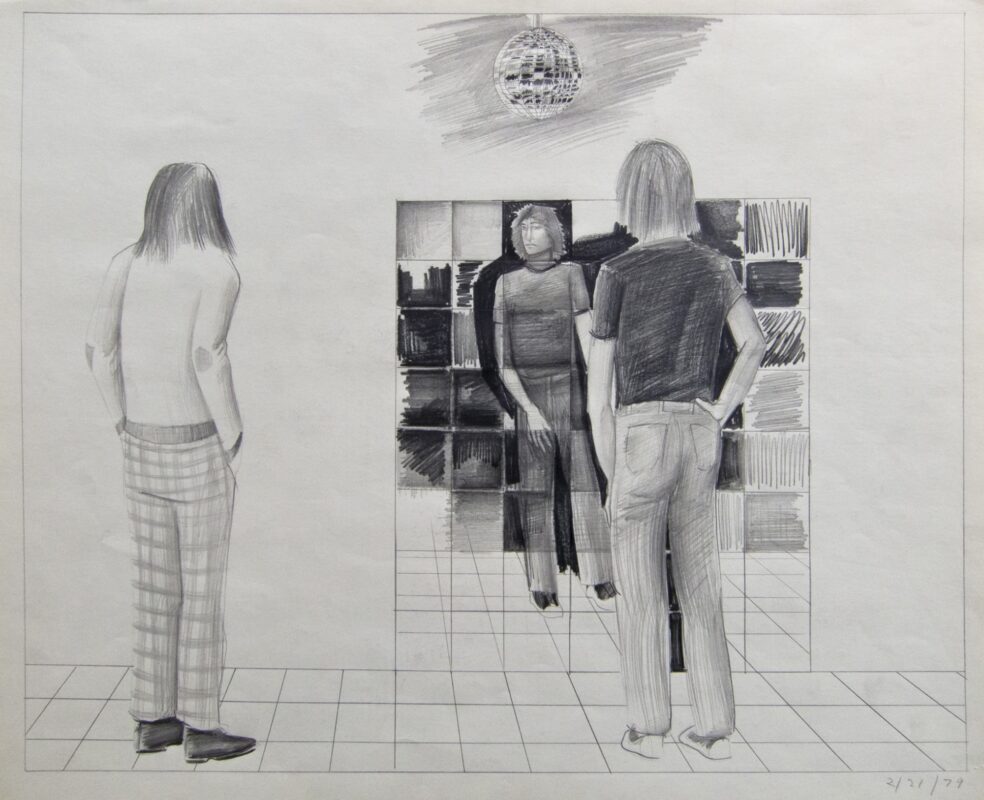

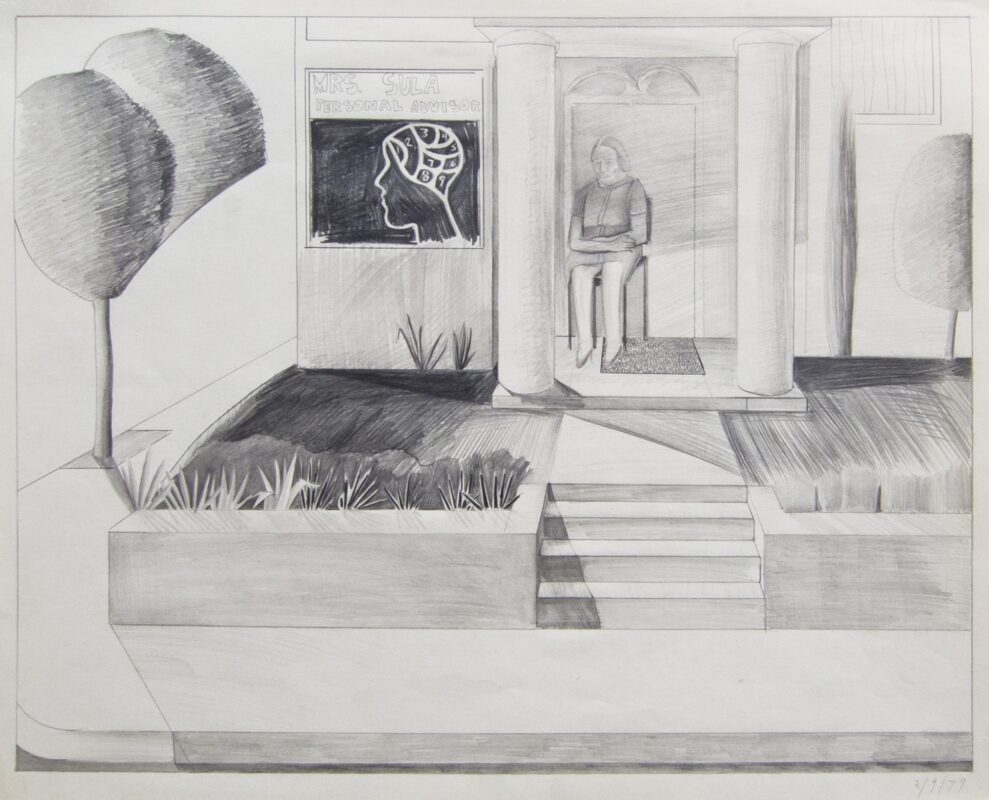


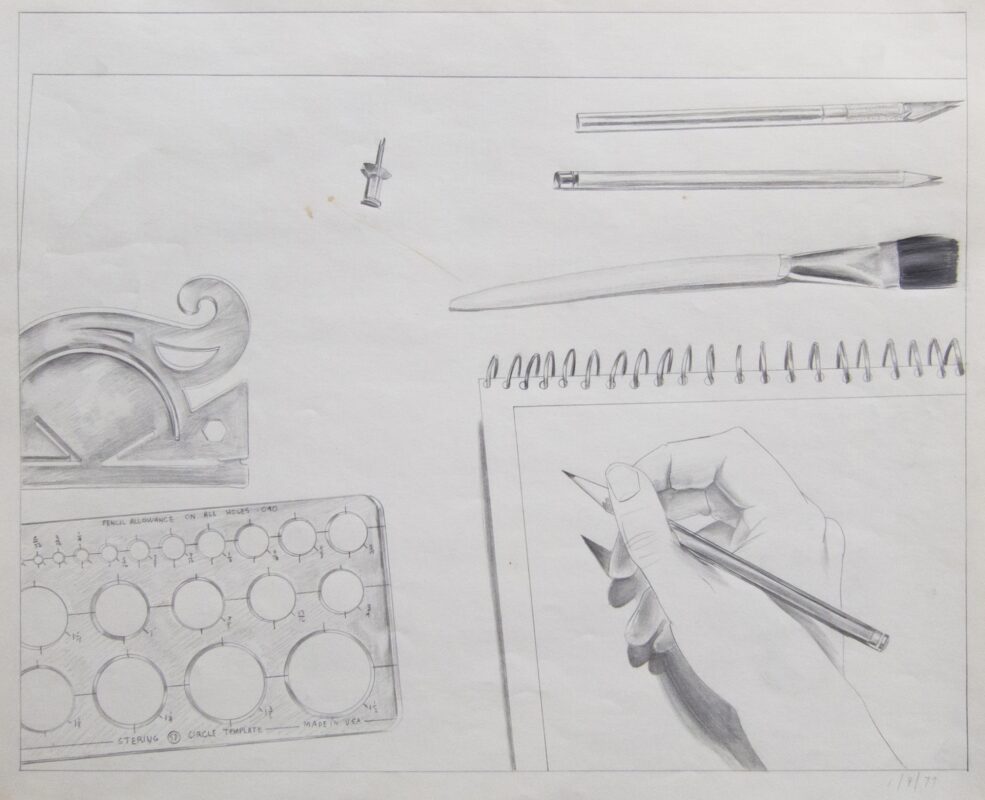





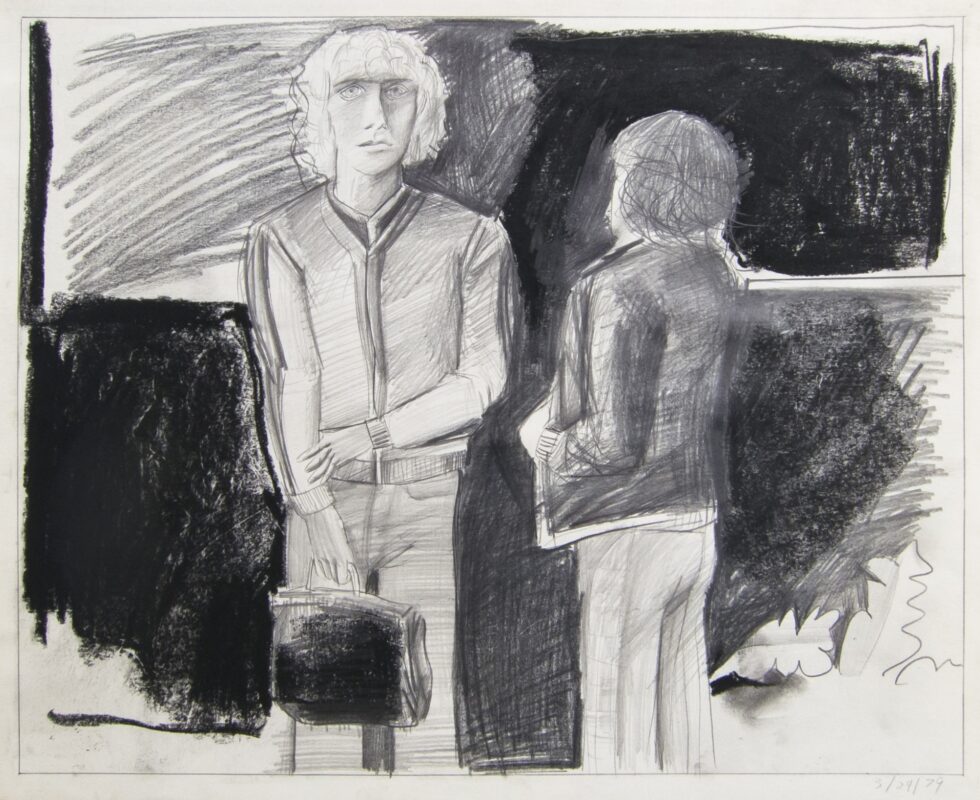












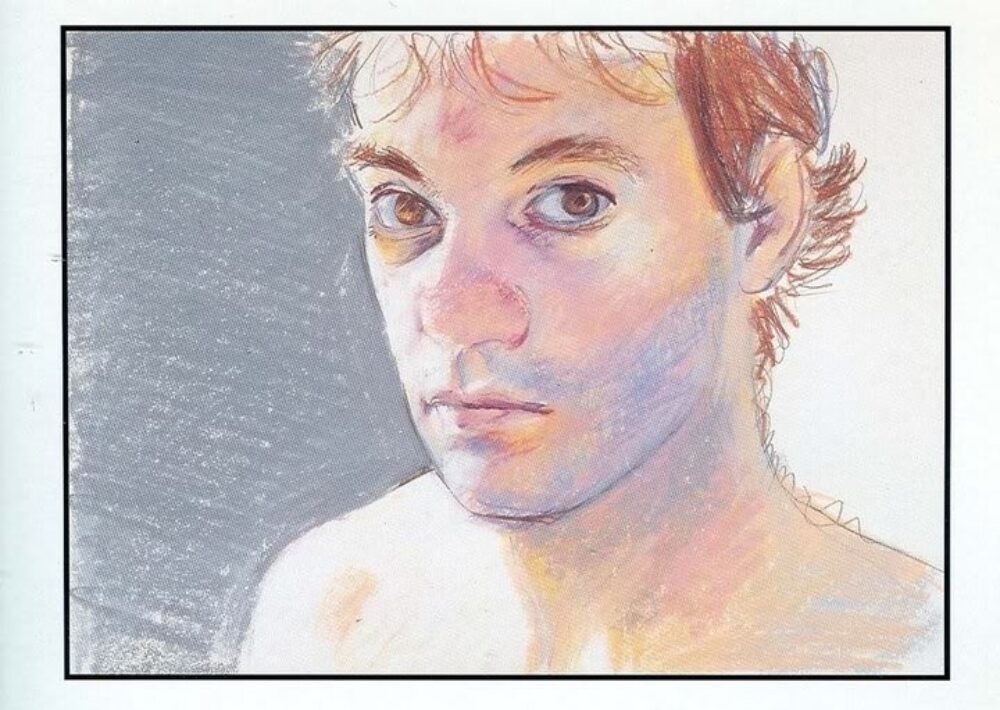

"Twenty-three years after Stonewall, gay people still have few honest images of themselves, and most of these occur in our literature. Gay men long to see themselves – in films, plays, television, paintings. They seldom do. Obviously, we must pictures ourselves. These are my pictures."